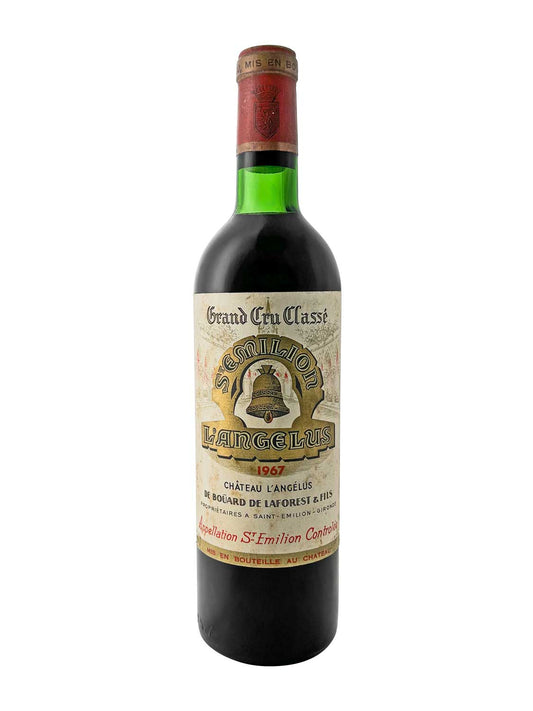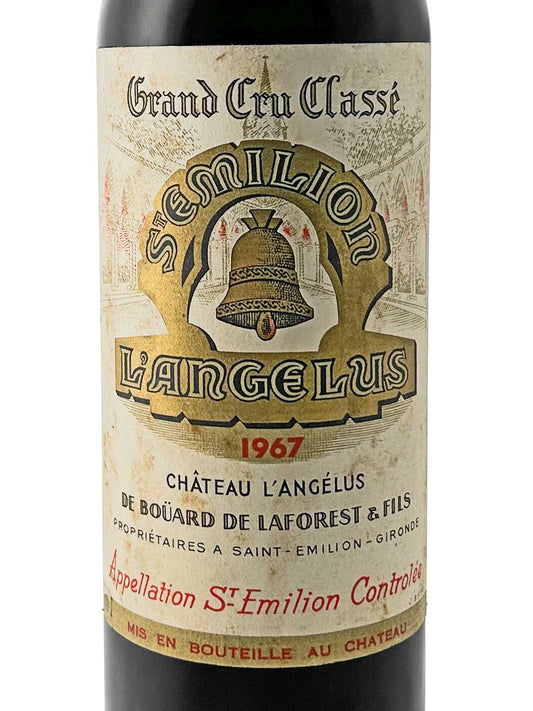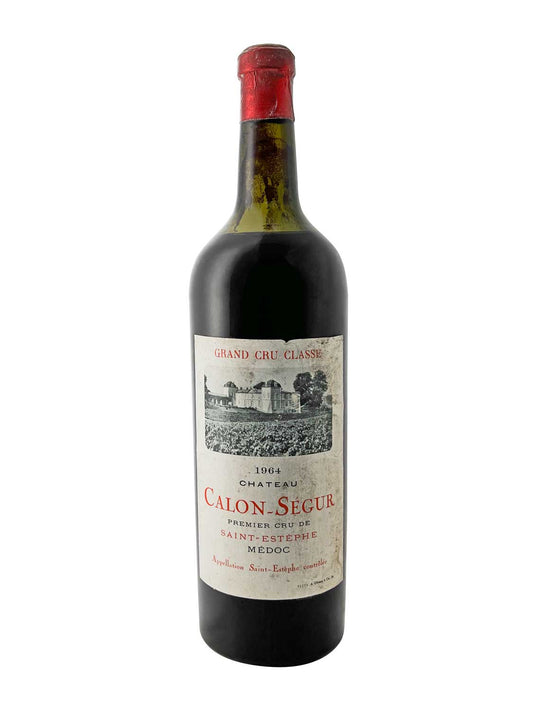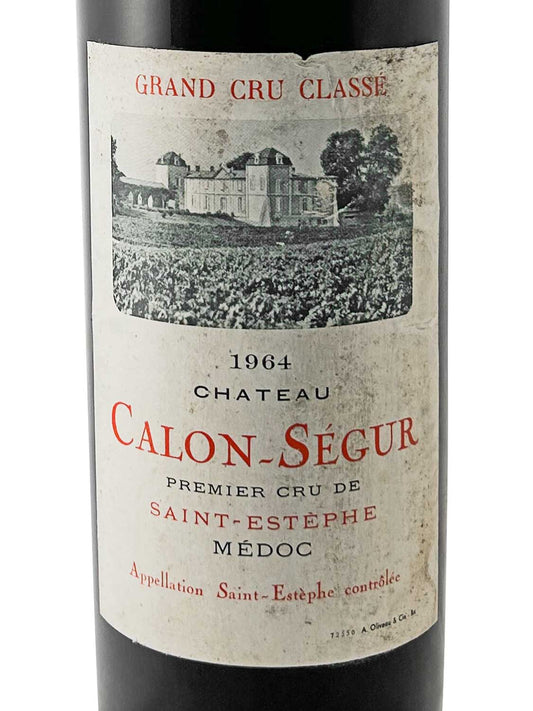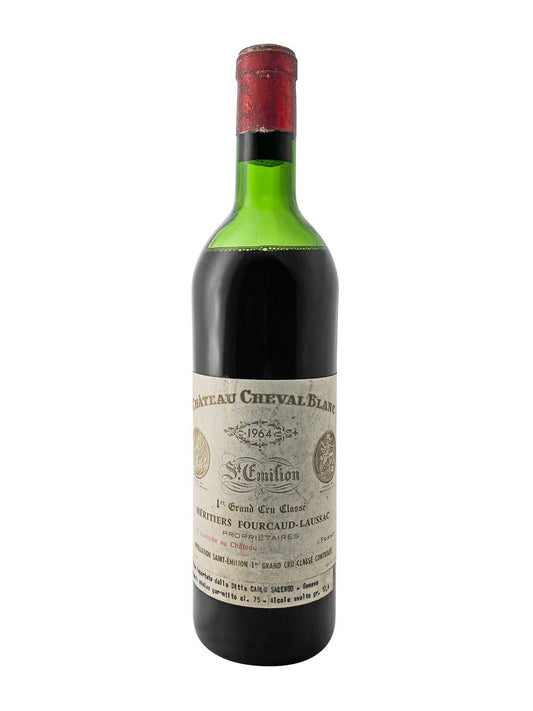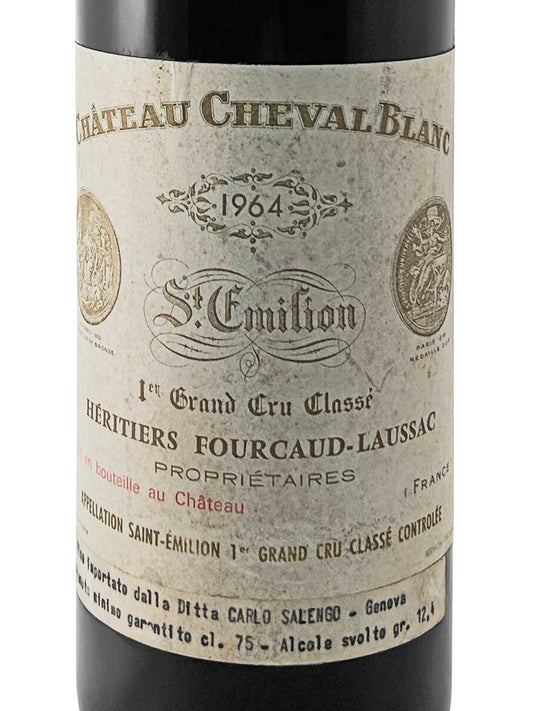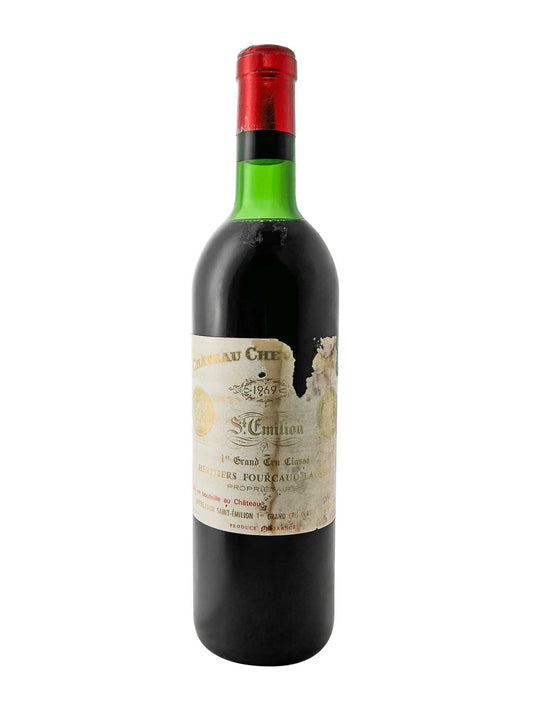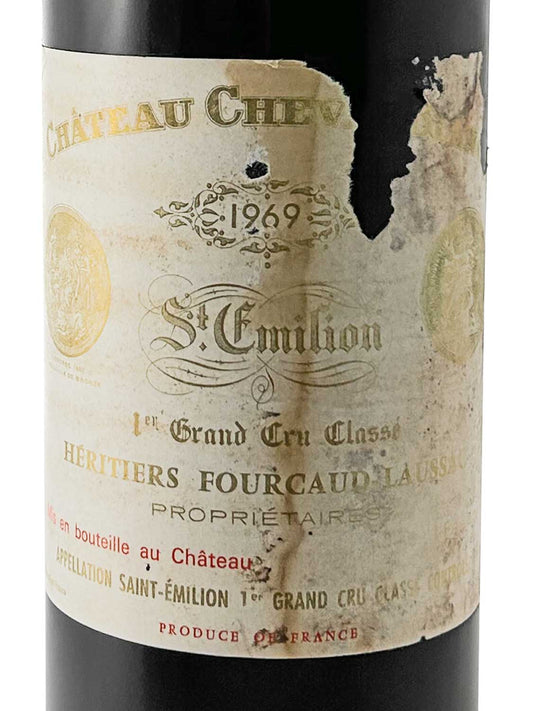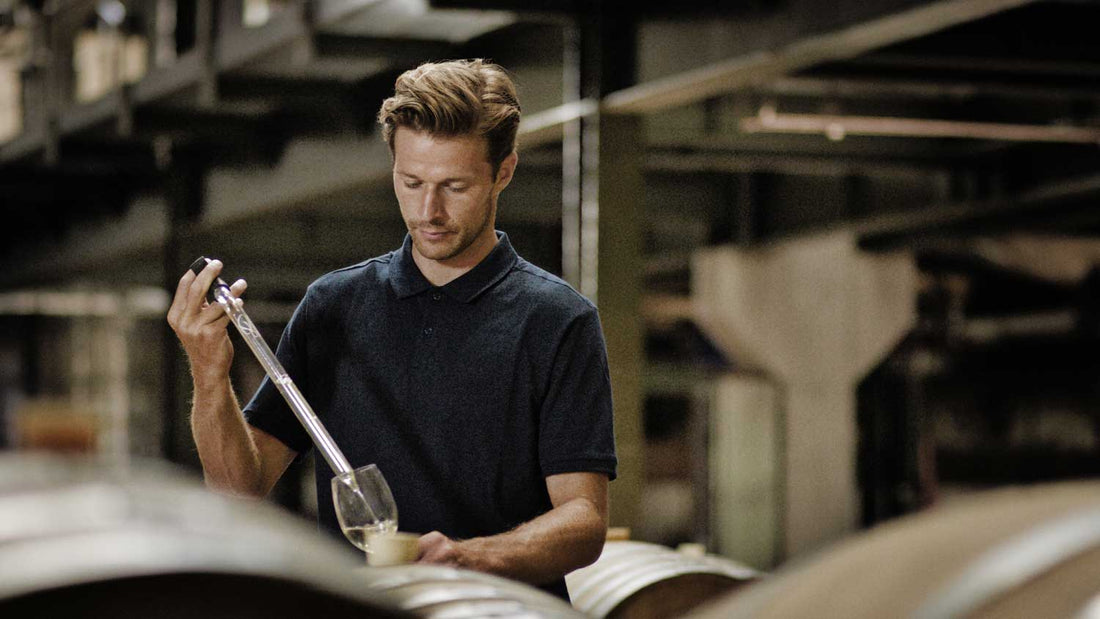
Does the alcohol content of wine increase over time?
Facts and Myths about the Alcohol Content of Old Wine
The alcohol content of wine is one of the most frequently discussed properties. The alcohol content not only influences the taste and aroma of a wine, but also its storage capacity and development over time. But how does this alcohol content change in old wines? What myths surround the aging of wine and what scientific findings can we use to answer these questions? In this article, we take you on an exciting journey through the history of wine, shed light on the factors that influence the alcohol content and uncover some common misconceptions.
The Alcohol Content of Wine: An Overview
Before we address the issue of age and alcohol content, it is important to understand how alcohol content in wine is created. The alcohol content of a wine is mainly determined by the fermentation process:
Fermentation: During fermentation, yeasts convert sugar from the grapes into alcohol. The sugar content of the grapes at the time of harvest has a direct influence on the final alcohol content of the wine.
Target alcohol content: Winemakers often have a specific target alcohol content of their wine in mind, which they want to achieve by selecting the grapes and controlling the fermentation process.
Typically, the alcohol content of wine is between 8% and 15%, although some wines can reach even higher values.
Does alcohol content change with age?
The simple answer to the question of whether wine becomes more alcoholic as it ages is: No, the alcohol content of a wine does not change significantly with age. The alcohol produced during the fermentation process remains stable in the bottle. However, there are some nuances and factors to consider:
1. Evaporation
In some cases, a slight evaporation of liquid may occur, particularly when a bottle is not properly sealed or is stored for long periods of time. This evaporation may cause the relative alcohol content to increase - but this is the exception rather than the rule.
Corks: When a bottle is sealed with a cork, air can enter and liquid can evaporate, but this usually only happens with older bottles or those that have been stored in suboptimal conditions.
2. Oxidation

Another factor is oxidation. As wine ages, it can oxidize - a process in which oxygen reacts with the wine. This can change the taste and aroma of the wine, but does not have a significant effect on the alcohol content itself.
Aroma development: Oxidation can cause aromas to develop or change, but this has nothing to do with an increase in alcohol content.
The role of sugar content
Although the alcohol content of a wine remains stable as it ages, the sugar content plays an important role in the perception of taste:
Sweetness vs. dryness: A wine with higher residual sugar can taste sweeter and therefore appear less alcoholic than a drier wine with the same actual alcohol content.
Aging: Over time, the aromas of a wine can evolve and become more complex, which can lead to a less noticeable alcohol taste.
Alcoholic strength vs. taste impression
It is important to distinguish between the actual alcohol content of a wine and the taste impression:
Perception of strength: An older wine may taste less “alcoholic” than a young wine with high alcohol content due to its more complex flavors and tannins.
Balance: Well-aged wines often have a better balance between acidity, tannins and fruit flavors – which makes them seem less “heavy” or “alcoholic.”
Factors for the storage capacity of wine
Also read: Storing wine in the kitchen?

Not all wines are suitable for storage over many years. Several factors determine the storage capacity of a wine:
1st grape variety
Some grape varieties are better suited for storage than others:
Red wines: Many red wines (like Cabernet Sauvignon or Merlot) have high tannin and acid levels, which helps them age over the years.
White wines: Some white wines (like Riesling or Chardonnay) can also age well, but they should be chosen carefully.
2nd year
The vintage plays a decisive role in the quality of a wine:
A good vintage produces grapes that are rich in sugar and acidity – both important factors for a long-lasting wine.
Read also: 1945 Chateau Mouton Rothschild – A Legend
3. Storage conditions
The way a wine is stored has a major influence on its maturation process:
Temperature: A constant temperature (ideally between 10 °C and 15 °C) is crucial for long-term storage.
Humidity: Adequate humidity (between 75% and 85%) prevents the cork from drying out.
Myths about old wine
There are many myths surrounding old wine – some of them also concern the alcohol effect:
“Age makes wine stronger”: There is a widespread belief that old wine automatically becomes stronger; however, this is not correct.
“The older the better”: Not every old wine is better than its younger counterpart; many wines are best enjoyed in their youthful stage.
Also read: How old can wine get?
Conclusion

In summary, the actual alcohol content of a wine does not increase with age. The alcohol produced during the fermentation process remains stable in the bottle – unless exceptional circumstances arise such as evaporation or improper storage.
However, the taste experience of a wine changes considerably over time. Well-aged wines can develop complex aromas and appear more harmonious - which means that they can seem less "alcoholic" than their younger counterparts.
It is important for any wine collector to understand that aging wine is a complex process - one full of nuances and surprises! Whether you want to purchase a young or old wine, it is ultimately about combining knowledge and passion!

